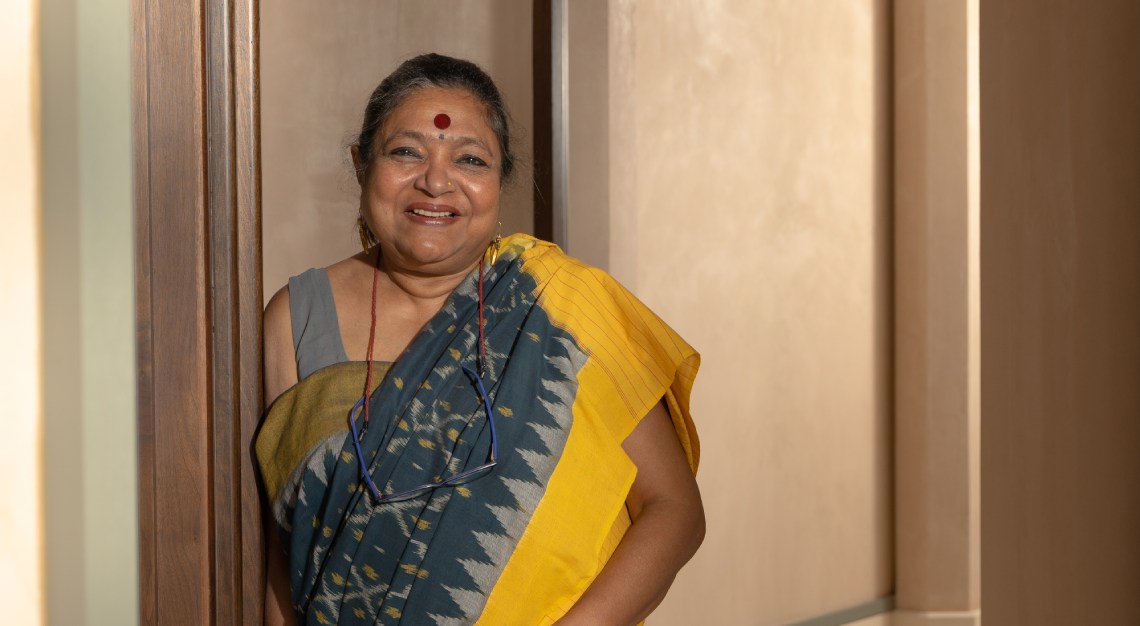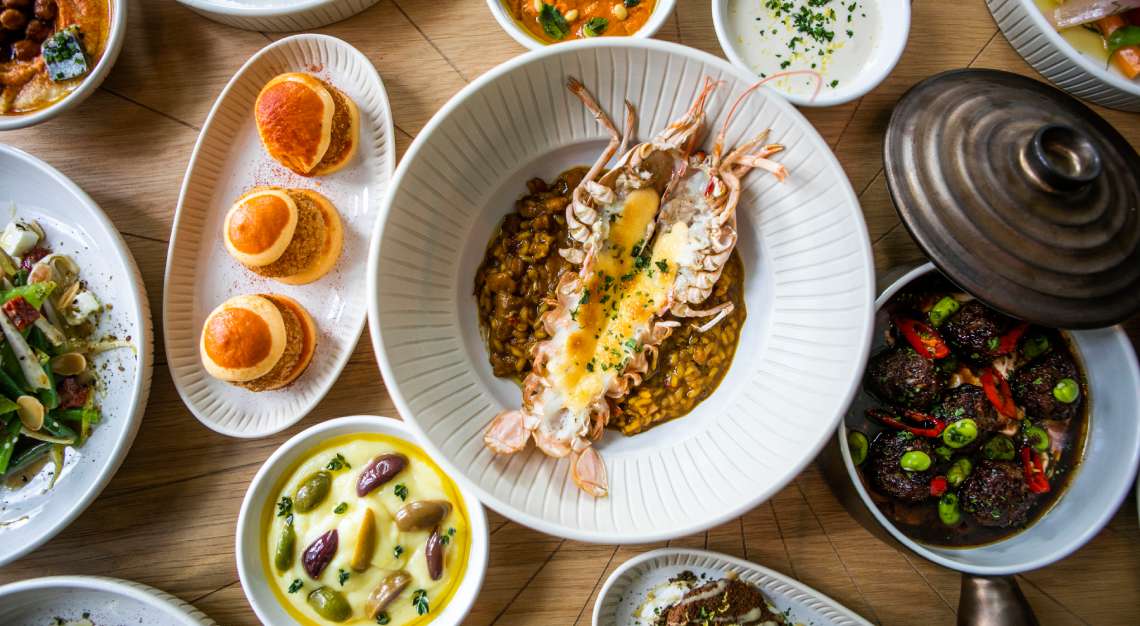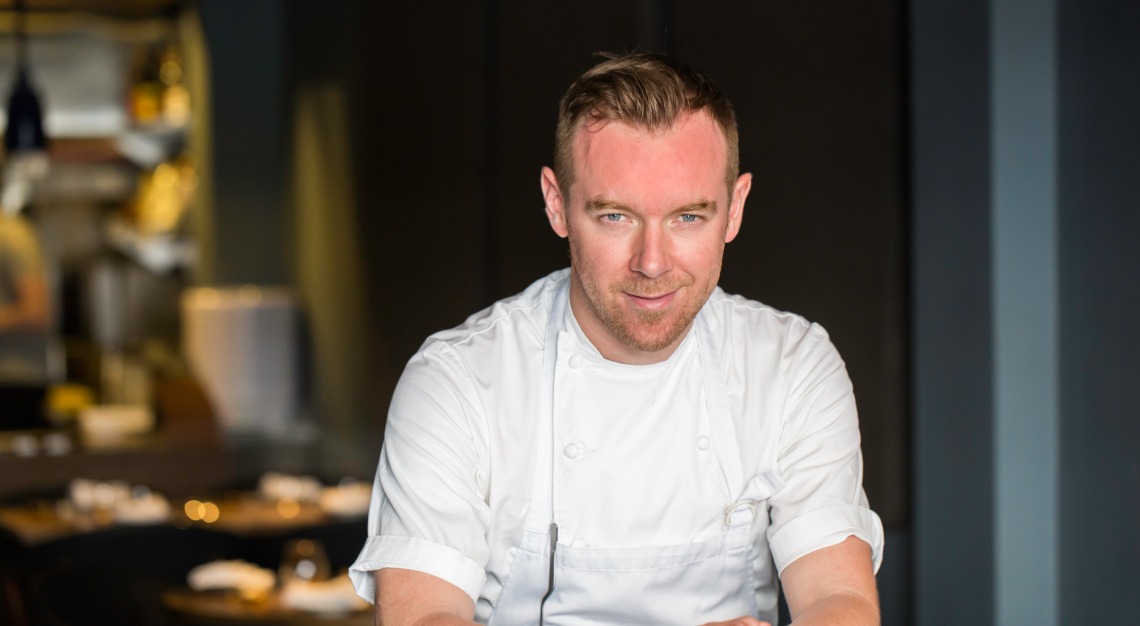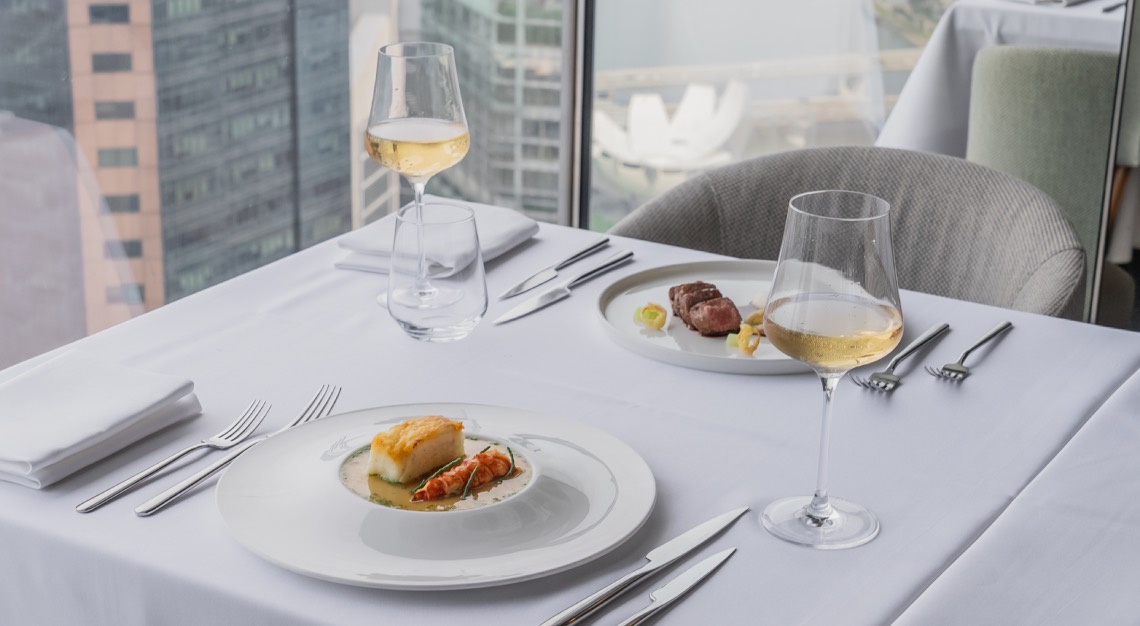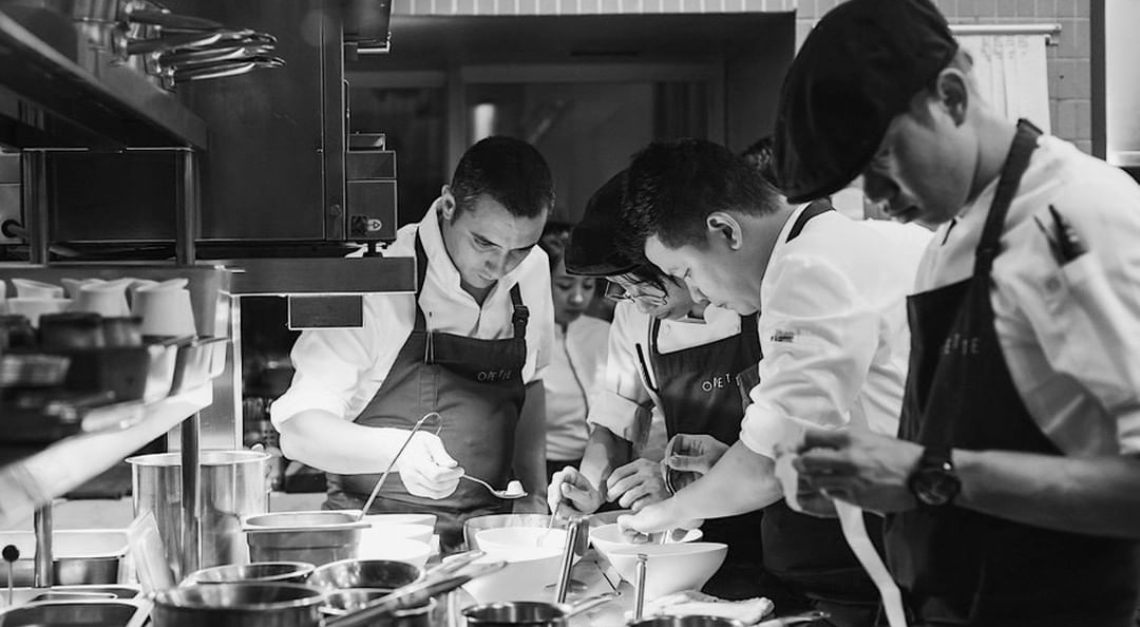In this edition of Dished Out, we speak with Pritha Sen, acclaimed Indian food historian and consultant with a wealth of knowledge that rivals that of an encyclopedia
Treading the lines between modernity and the traditional, restaurant Yantra promises a story of renewal. The tale begins as you enter through towering fort-inspired gates in breathtaking teal, held between walls with ebony marble accented with the restaurant’s name and logo. To your right, an intricate Rajasthani painting. To your left, a new retail area. An archway greets you, its walls in an elegant light pink clay, reminiscent of Rajasthani palace interiors. From latticed jali screens to silk wallpaper in a custom emerald, the four dining spaces available are meticulously designed to elevate your experience. Exactingly manicured, the new Yantra draws inspiration from the rich and diverse history of the Grand Trunk Road.

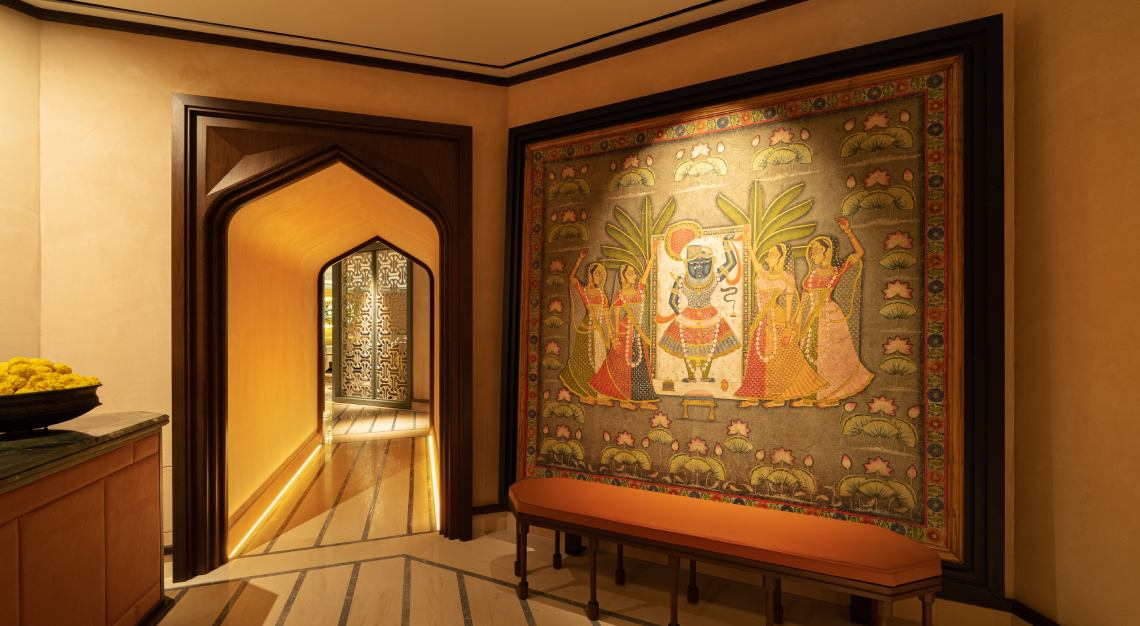
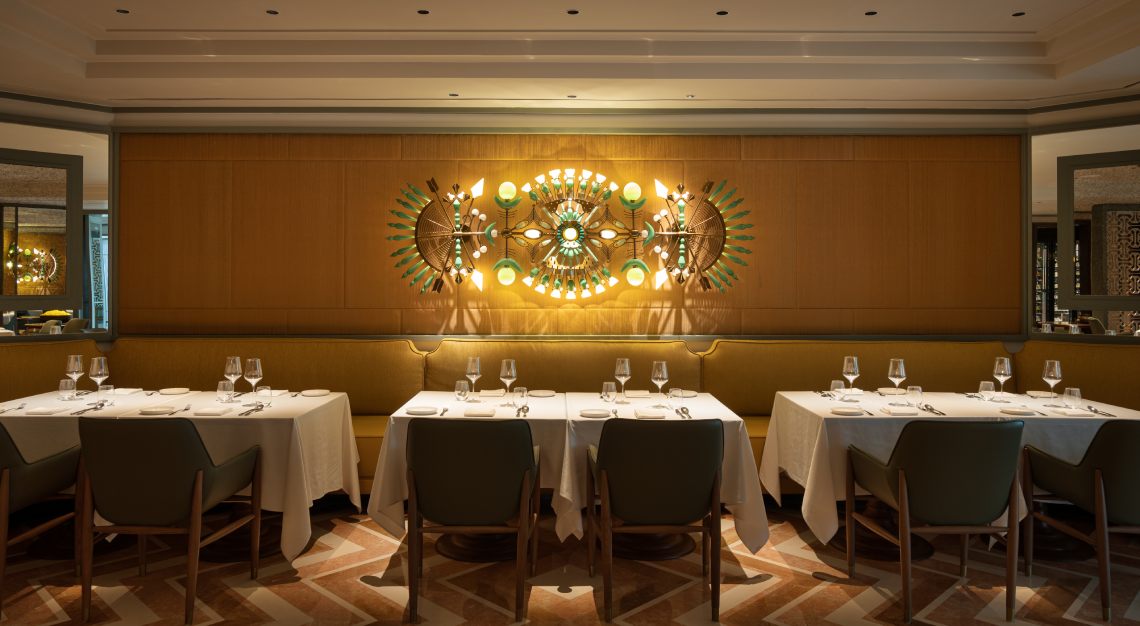
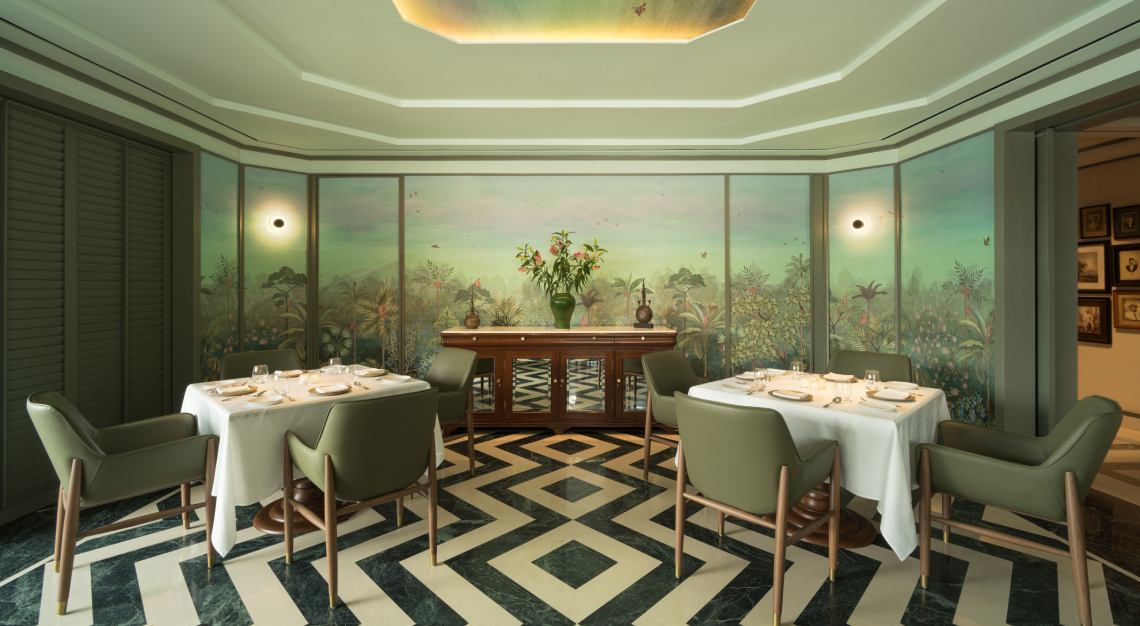
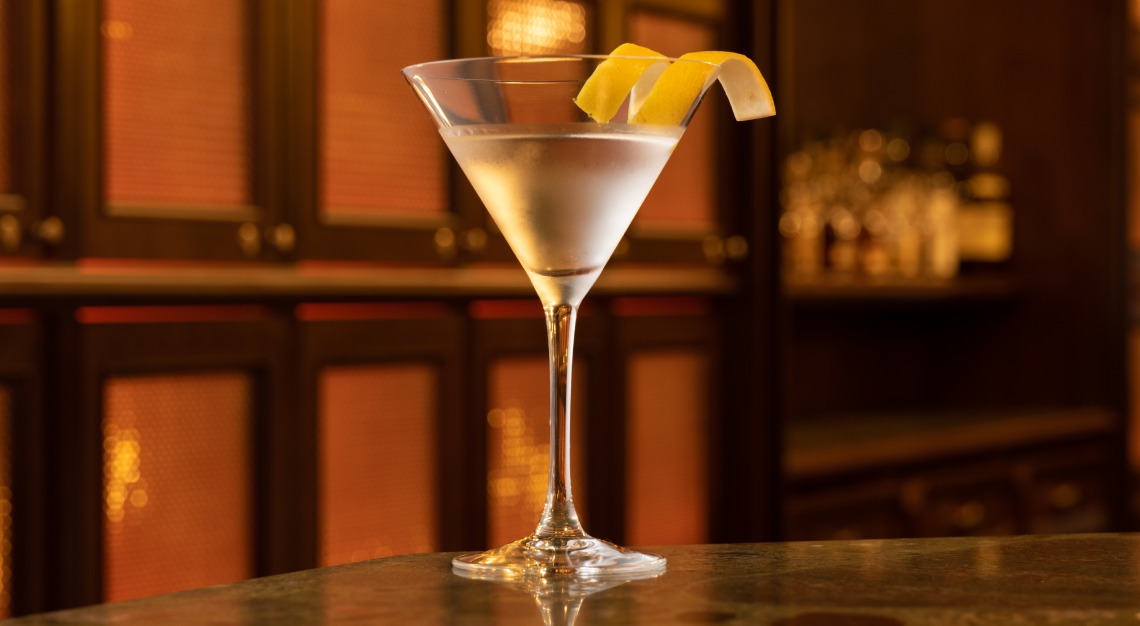
And with the promise of renewal, comes food revivalist Pritha Sen (pictured at the top). The refurbished Yantra boasts a refreshing and refined menu that sets it far apart from others of its kind. Featuring rare regional heritage recipes collected from the breadths of India, Sen works with executive chef Pinaki Ray to deliver the true essence of Indian cuisine, paying homage to its incredible culinary history.
Previously a journalist and now working concurrently in social development, Sen brings a wealth of knowledge that rivals that of an encyclopedia on Indian cuisine. Just in time for Yantra’s reopening, we decided to have a meal with her. Sharp while endearing, she tells us more about the philosophy behind India’s culinary wonders, her travels, and what it means to be a food revivalist.
Why indigenous heritage cuisine?
In today’s world, especially post-COVID, people are looking at healthier food options and lifestyles. Our indigenous cuisine is the epitome of healthy living, eating, and thinking. If you’ve noticed, none of the food today is heavy on the stomach.
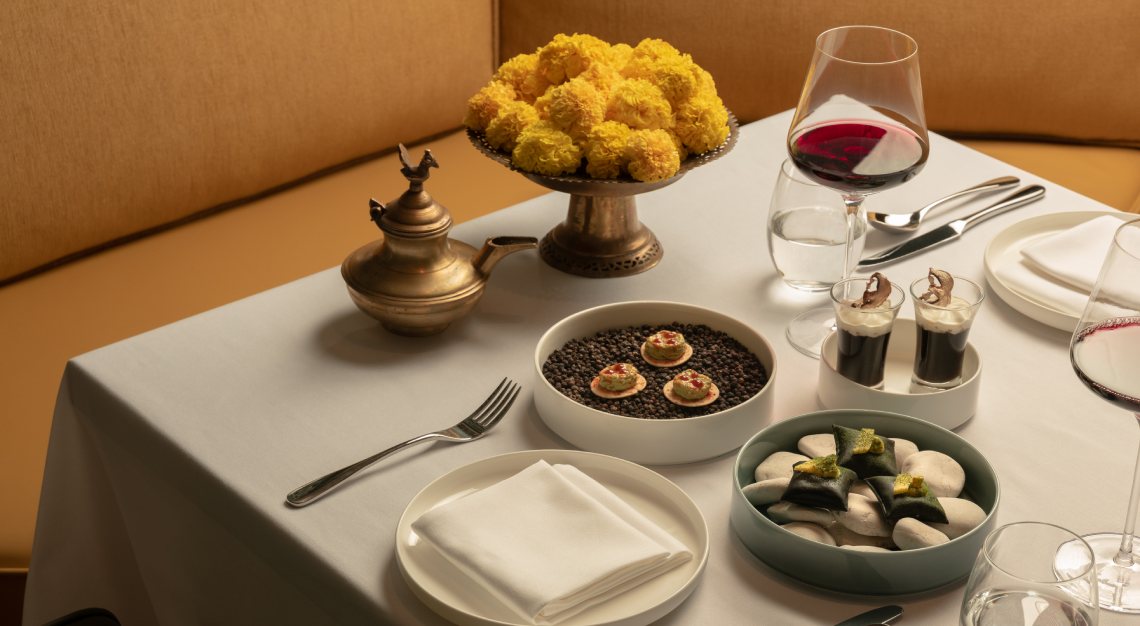
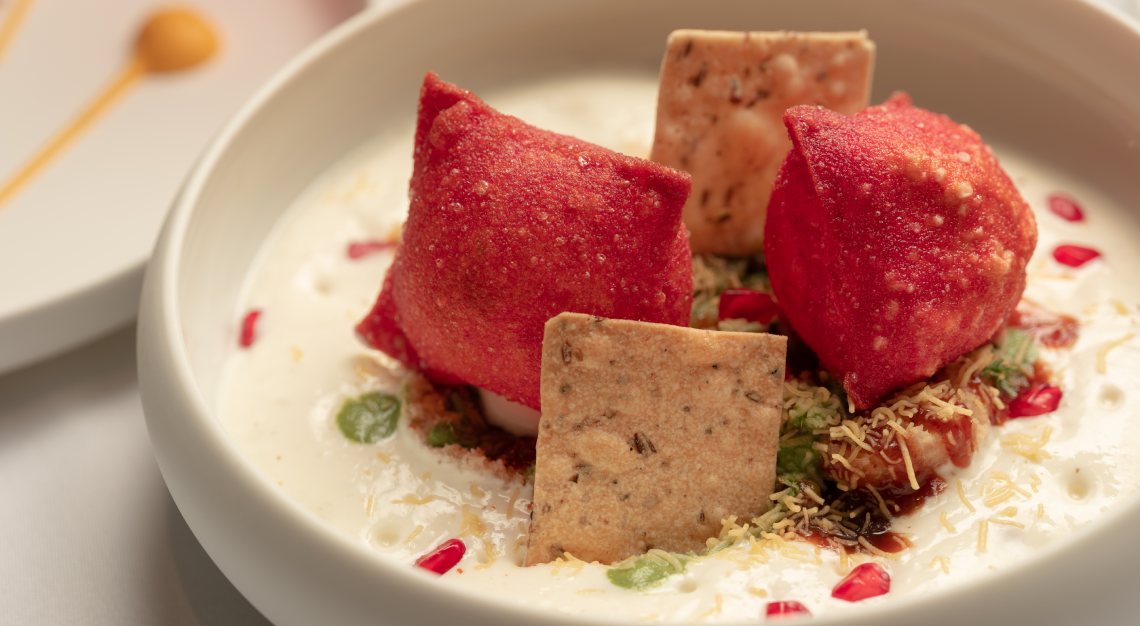
So what is a Food Revivalist?
We have our ancient ways of eating that some still do at home, but people are forgetting because they have moved out of their own homes and into the world where the culture is different. We are slowly forgetting that we ate seasonally, or had certain foods for a certain reason. Food wasn’t for hedonistic pleasure, but rather sustenance. Food was considered sacred, and used as preventive and curative medicine in India. We’re forgetting all of that, and that is what I’m trying to bring back and raise awareness about.
Food is woven into our rituals and we throw huge celebrations around them. But why? It was to remind people that there are certain foods we now have to welcome the season, and more importantly, to keep healthy in this season, or cure your ailments. We have so many lifestyle diseases, and Indian food has picked up a bad reputation of being unhealthy, deep-fried, and oily, but that is not the case.
For example, in monsoon season, we don’t eat bottle gourd because it’s very humid and you have a lot of water retention, and bottle gourd is high in water content. Other seasonal foods include raw turmeric in the spring. We chew it raw, and it also features in the Haldi Kebab. This is about a mother’s love—children usually don’t want to eat the raw turmeric, so mothers had to find ways to sneak it into their children’s foods.
That is what I’m trying to bring back and revive, that is what it means to be a food revivalist.
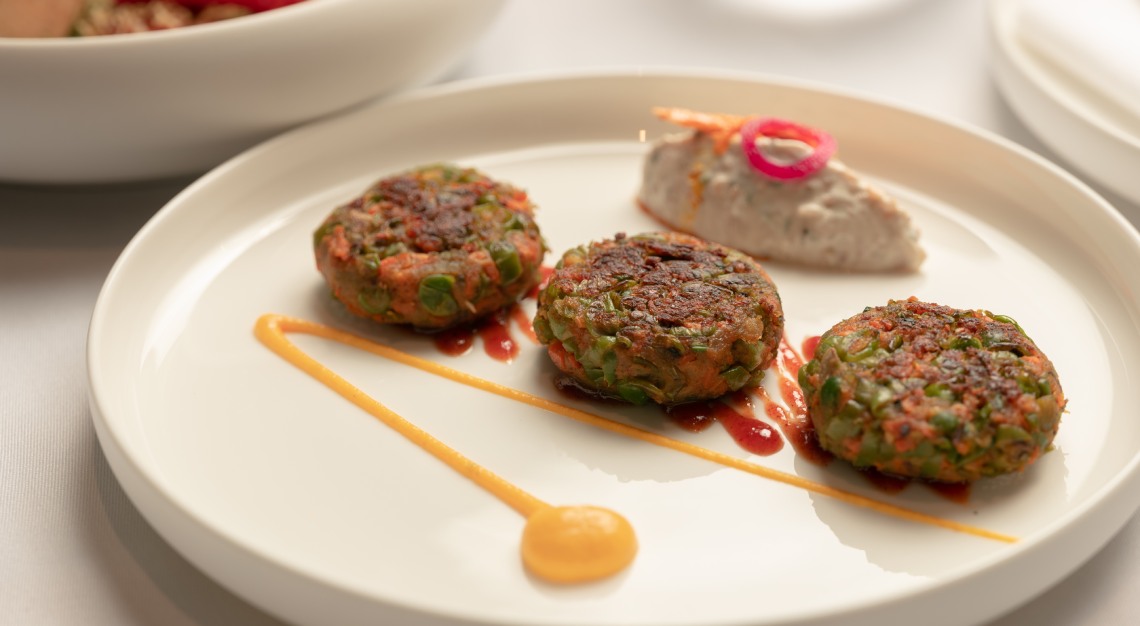
Can you tell us more about the philosophy behind Indian food?
Food is sustenance, it is sacred, and you never disrespect it, you give and take. Traditionally, even if there’s a teaspoon of rice left that you cannot finish now, you would put it away and finish it later. We never throw food out, unlike the people of today, and nothing is wasted.
In most communities, anything that was edible was eaten from nose to tail, like a vegetable’s stalks and leaves, and its flowers. This is in Southeast Asian culture, you would eat everything from a fish, including its entrails. This is our way of life, and it is a zero-waste legacy that we hold sacred. Waste is considered a sin—a huge disrespect.
Our food systems are based on protecting the environment. Anything you took, you gave back; it was never just finishing something and not replanting it. We have planting ceremonies which are also part of rituals in the tribal areas. You also cannot hunt during certain seasons like spawning season. This is a cycle that many people are disrespecting today.
What is your cooking philosophy?
I think of myself as a purist and a traditionalist. In these days of fusion, people are not documenting the very basis of our cuisine. Someone has to do so and hold it together, and I’ve taken it upon myself to do so. I don’t like messing around too much, although I must say that food constantly evolves. Still, there are traditions I would like to retain.
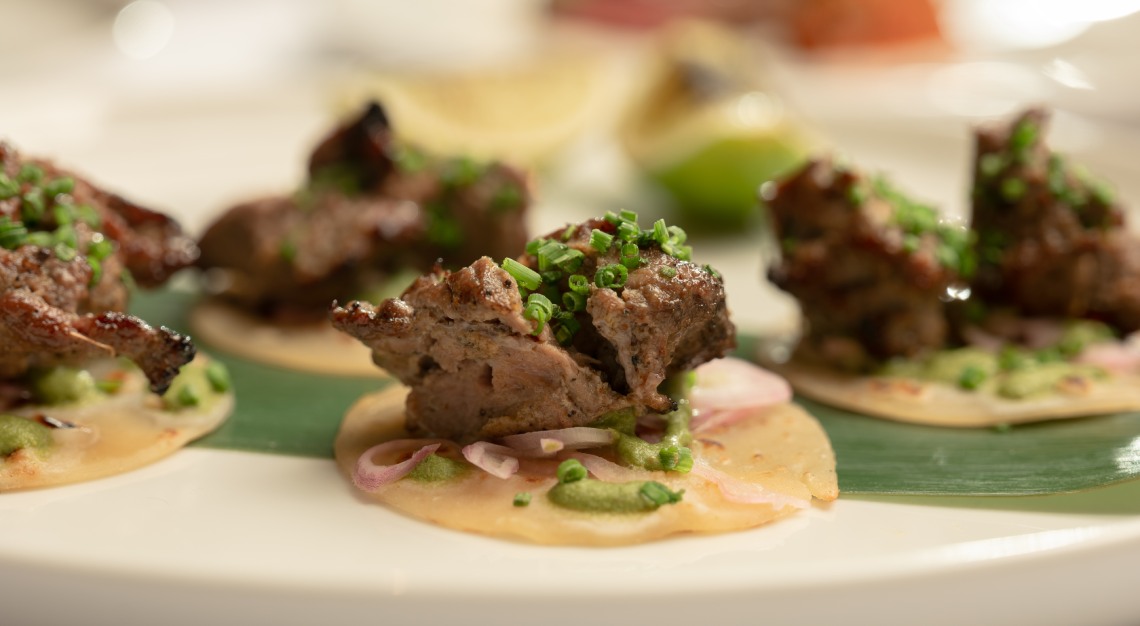
What is your favourite story to tell from your travels?
I was at a festival in a remote village, Diezephe in Nagaland. They were a community of weavers. They had just slaughtered a pig to make a special dish—the meat was cooked in its own blood. We had a food blogger with us and I wanted him to try it, but he was being lectured by this vegan about animal rights and the benefits of a vegan diet. So I took a bowl and placed it sanctimoniously between them, and said “here, try this pig cooked in its own blood.” She shrieked, and ran, and never came near us again. The blogger then turned to me to thank me. People who have no tolerance for other people’s food habits can be quite exasperating, and she was going around lecturing anyone she could find.
What’s the most surprising or exciting cooking technique you have learnt from your travels?
I have learnt how to smoke with completely grassroots ingredients like leaves, puffed rice, husk, and anything that is available in rural areas—eco-friendly and rudimentary ingredients. The aromas created surpass the fancy woods like applewood that people of today use. I have also learnt to steam inside bamboo tubes.
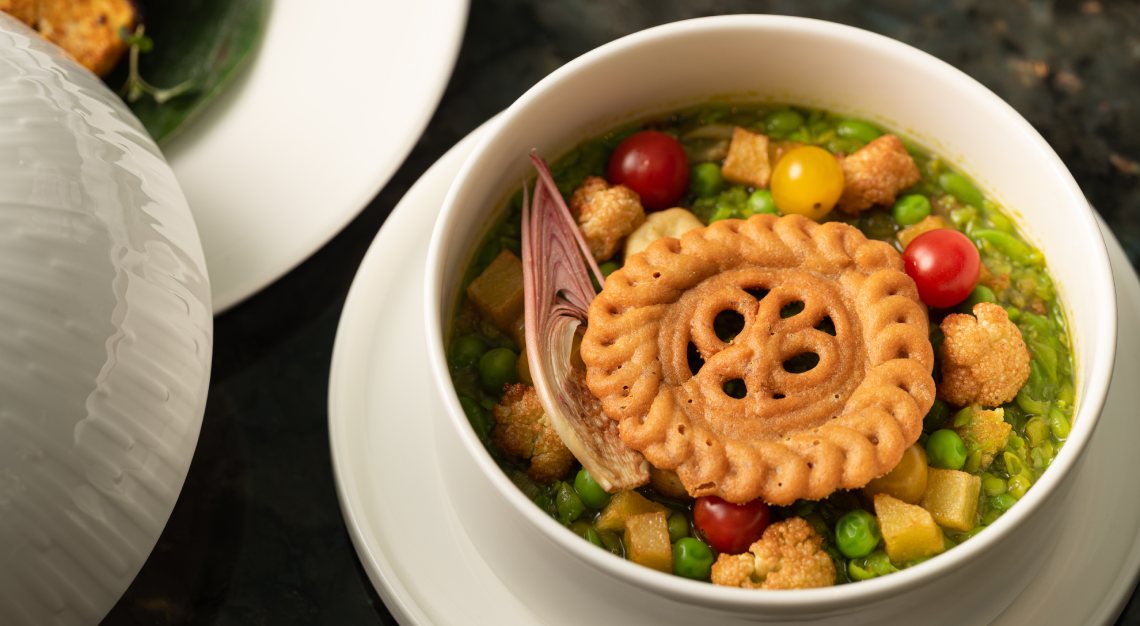
What kind of lessons have you brought back recently?
That perfection lies in simplicity, and this is reflected in our food as well. Chef Pinaki once told me, “None of your recipes are complex and you can make them so easily. But that’s the worst part: because they’re not complex, I cannot hide the mistakes.”
Do you have a favourite snack or dish from your childhood?
My mother used to make these paper thin, translucent parathas that light would pass through. They were stuffed as well, not plain. They are usually fried in oil, but hers were completely grease-free, milky white, and soft like a linen handkerchief. I still miss those, I can’t make those as well as hers.
Would you say the food shapes the culture, or the culture shapes the food?
Food shapes culture, food is identity. You are what you eat, food shapes culture.
If you are what you eat, what are you?
My nieces call me a chilli, a Bhut Jolokia, supposedly the hottest chilli on earth. They say I’m explosive and fiery like that.
What’s your biggest fear?
Getting fat, and fatter, and fattest. I’m already fat!
